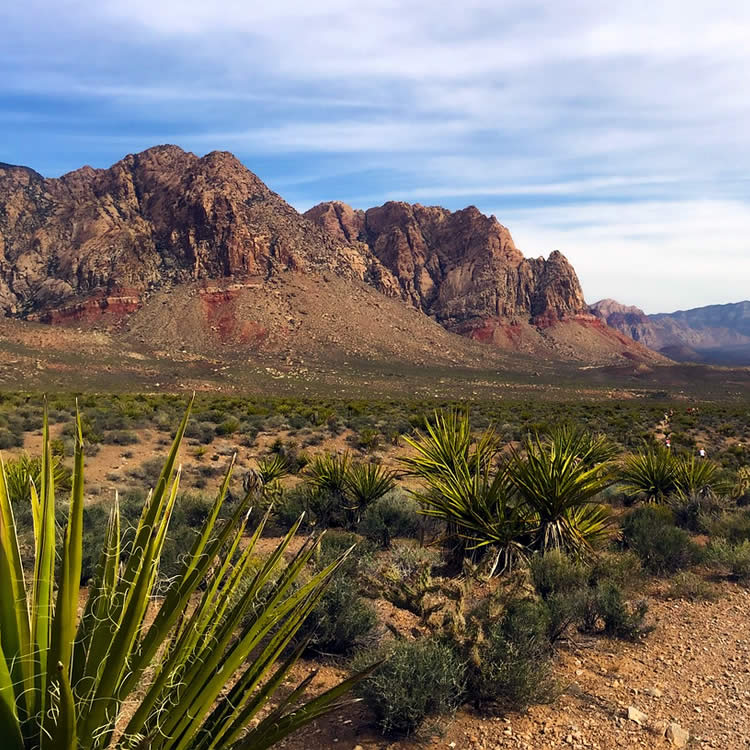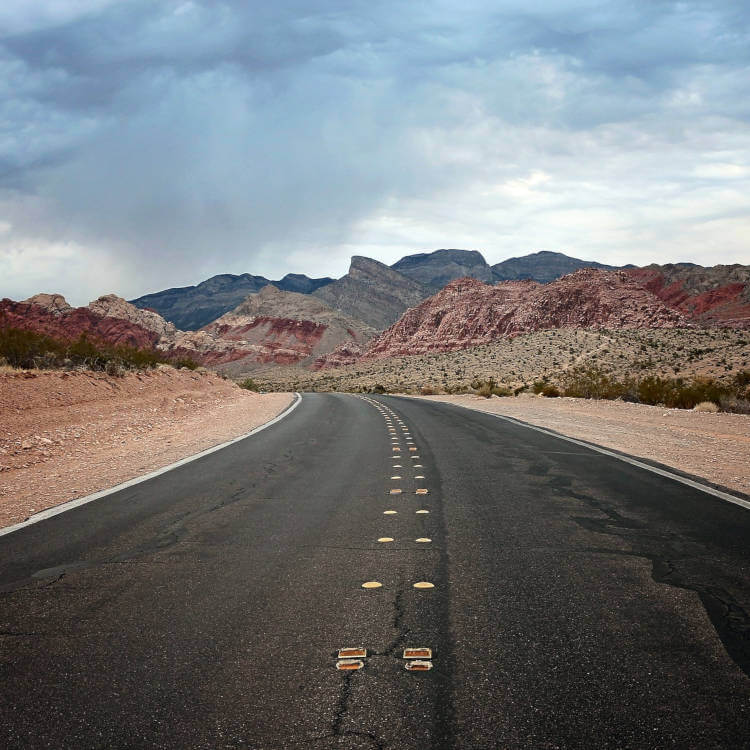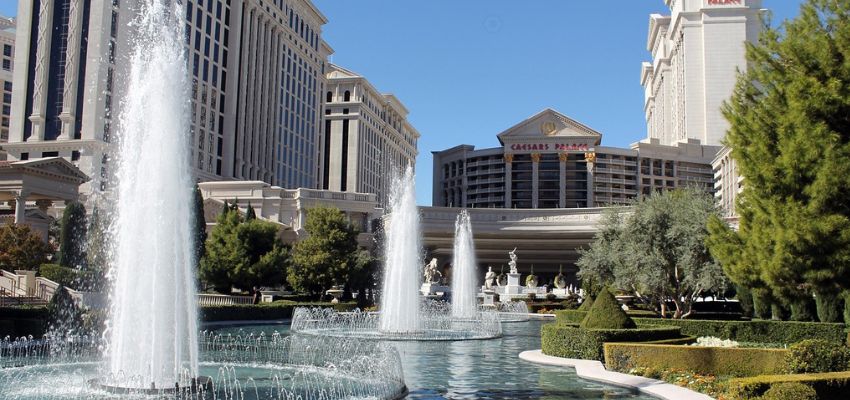8 Sights to See at Red Rock Canyon
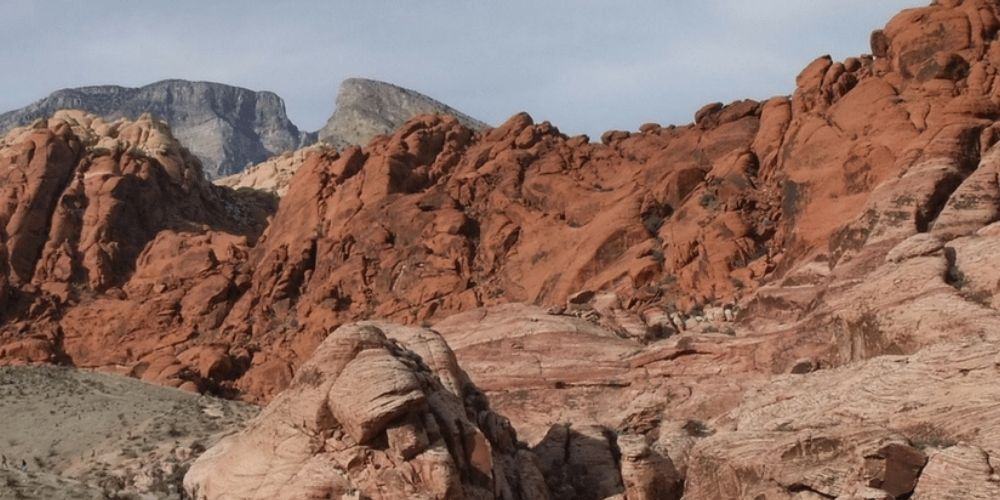
Need a break from the busy Strip?
Located only 17 short miles from the Las Vegas Strip, Red Rock Canyon is the perfect escape from the hustle and bustle of Sin City. It’s also perfect for families who want to add a little extra adventure to their Southwest vacation.
The Red Rock Canyon National Conservation Area is open to the public year-round and welcomes over one million visitors every year. The 197,000 acre recreation area houses more than 30 miles of hiking trails, as well as rock climbing, picnic areas, a visitor’s centre, a spectacular 13 mile scenic drive, and over 10,000 years of human history.
If that’s not enough to convince you to visit Red Rock Canyon while you’re in Las Vegas, let’s take a closer look at Red Rock Canyon’s unique geology, as well as 8 impressive sights and spots to explore when you visit:
Red Rock Canyon Geology
One of the most stunning sights at Red Rock Canyon is – you guessed it – the red rocks. After all, it’s called “Red Rock Canyon” for a reason!
The Canyon was named after its characteristic sandstone formations, some of which reach 3,000 feet tall. They’re such a bright red because of the iron oxide, or hematite, in the sandstone. Exposure to the elements, like wind and rain, causes this sediment to rust, resulting in the bright red rocks we see today.
The eponymous formations were formed by multiple geological forces, including fracture faults where the earth’s crust collided, erosion, and fossilization. Before the red cliffs were formed, the area was actually covered in a vast desert. The desert’s sand dunes were then lithified (the process of compressing unconsolidated sediment into sedimentary rock) to create today’s Aztec sandstone formations.
These forces created the breathtaking formations we get to experience today. Here are some of the most iconic:
1. Keystone Thrust Fault
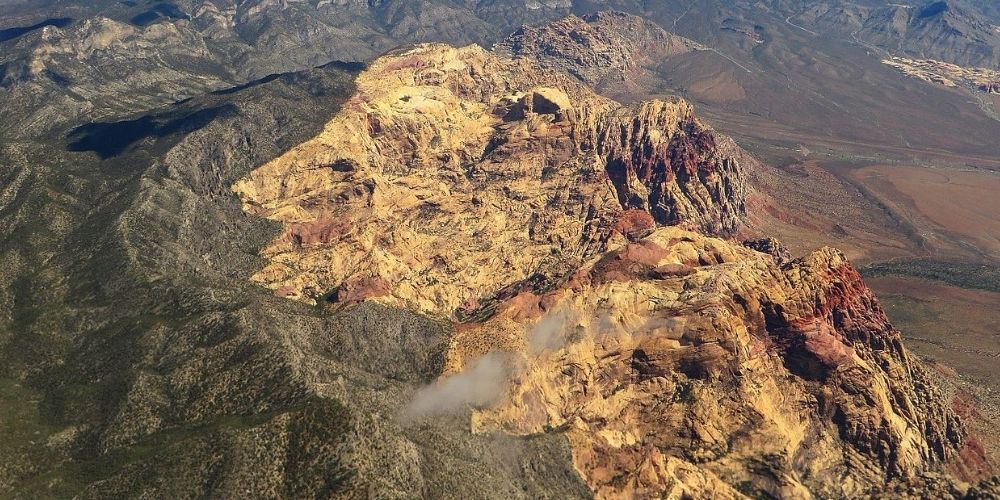
A “thrust fault” is a fracture in the earth’s crust. These faults result from compressional forces driving one crustal plate up over another.
The Keystone Thrust Fault formed about 65 million years ago when the oceanic plate began subducting (or moving beneath) the western edge of the North American plate. This caused the older limestone to be thrust eastwards over the younger sandstone. That’s why you’ll see gray rocks on top of red sandstone – the older limestone doesn’t contain the iron oxide that creates the red hue.
The Keystone Thrust fault stretches up the west coast all the way to Canada, but it’s most visible at Red Rock Canyon. If you look to the west, you can’t miss it.
2. Mount Wilson
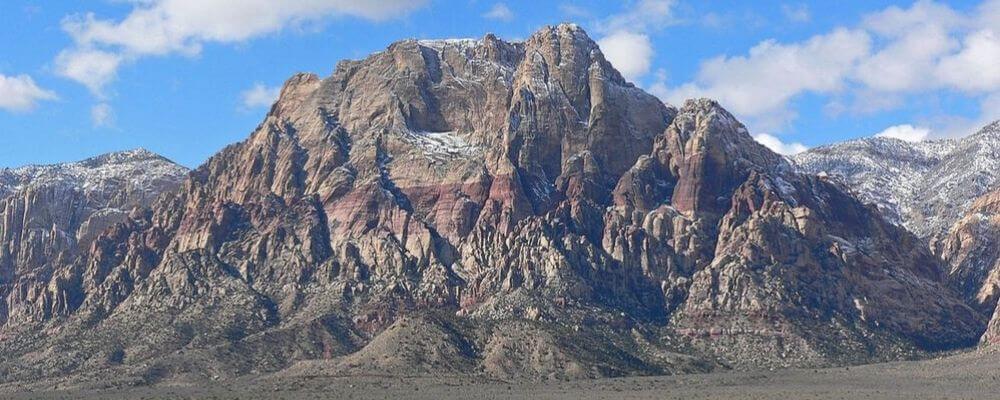
Reaching 7,068 feet into the air, Mount Wilson is the highest sandstone peak among the bluffs of the Spring Mountains, and you can get a great view of this impressive peak from Red Rock Canyon.
Its sheer face may seem unclimbable, but Mount Wilson is a popular trek for climbers. Its trails can be difficult to follow, but there are a number of easy trails available to novice climbers. Make sure you do your research before you plan a hike up Mount Wilson.
3. Calico Hills
These distinct crimson hills began as red sand dunes over 180 million years ago. Over time, underground water carried away most of the original color, leaving behind calcium carbonate to cement the sand dunes. These dunes were then compressed and lithified under the weight of overlaying deposits that have now eroded away. Geology rocks!
4. Scenic Loop
The 13 mile scenic loop is the cornerstone of Red Rock Canyon. This paved, one-way road travels right through Red Rock Canyon, offering many places to safely pull over and snap photos, have a picnic, or explore a hiking trail.
As you leave the visitor center, the loop will take you into the Calico Hills and passed many more scenic viewpoints, including Ice Box Canyon.
All of our guided tours of Red Rock Canyon include a trip around the scenic loop.
5. Ice Box Canyon
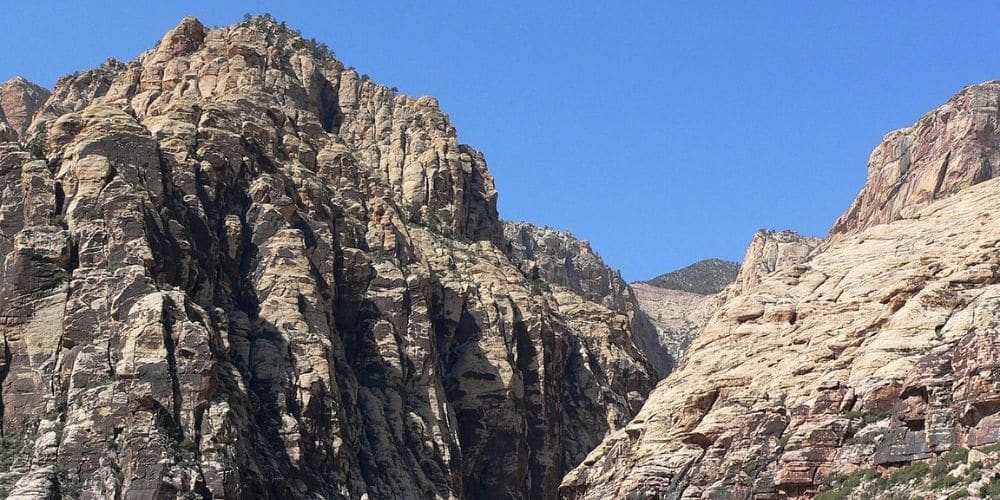
Ice Box Canyon is the perfect spot to explore on a hot day. This canyon rarely sees sunlight, and the cool water and air from the mountains helps keep it significantly cooler than the surrounding desert. It takes about an hour walk through the open desert to reach, but when you arrive, you’ll be rewarded with views of a cool, shady box canyon complete with seasonal waterfalls.
Keep your eyes on the upper canyon – bighorn sheep like to hang out near the large pools of water that collect there for most of the year.
6. Lost Creek
This seasonal desert waterfall is easily reachable along a short 0.35 mile hiking trail. If you’re travelling with kids, check out the Lost Creek Children’s Discovery Loop and explore the surrounding rock formations as well, as well as check out some cool pictographs.
7. The Visitor Center
No trip to Red Rock Canyon is complete without a stop at the Red Rock Canyon Visitor Center. The Center is divided into four parts: earth, air, fire, and water. In each section, you can read about the history, geography, and plant and animal life of the Canyon. There are also interactive stations featuring information on local wildlife. Did you know that resident squirrels use their fluffy tails to cool off when it gets hot out?
If you’re lucky, you’ll also catch a glimpse of Red Rock Canyon’s “spokes-tortoise”, Mojave Max. If you don’t get a chance to see Mojave Max, there are seven female tortoises in a habitat just outside the visitor center.
8. Desert Wildlife
In addition to its spectacular rock formations and scenic vistas, Red Rock Canyon is home to over 200 species of mammals. Keep your eyes peeled and your camera ready to spot burros, rabbits, coyotes, bighorn sheep, red tailed hawks, and golden horses!
Seeing Red
Take a break from the glitz and glamour of Las Vegas and check out this nearby desert oasis. At only 17 miles away from the Strip, Red Rock Canyon is a can’t-miss outdoor adventure for any Las Vegas traveller.
Take our crash course on Red Rock Canyon before you go!

